This week’s Snapshot in Prose visits a pair of classic composers who need no introduction, Lorenz Hart and Richard Rodgers, when they were at their most successful.
The author of the story speaks to both men, and we learn that they were of very different temperaments, outlooks, and lifestyles. Apparently musical theatre, like politics, makes for strange bedfellows.
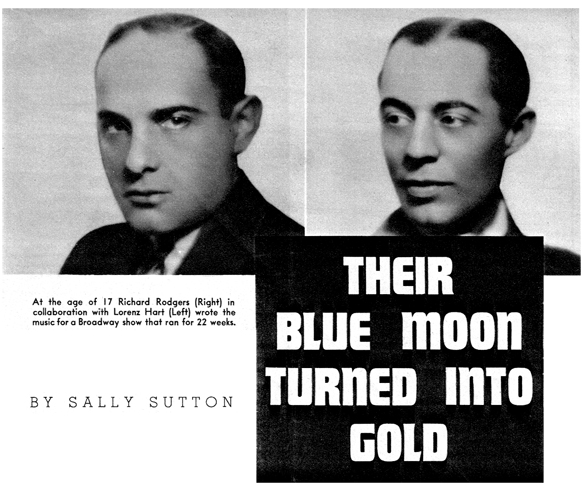
 hat incomparable team of songwriters, Lorenz Hart and Richard Rodgers, author and composer of Blue Moon, began turning out their great song hits without the benefit of Necessity, the mother of so much of our musical invention, being around to spur them on.
hat incomparable team of songwriters, Lorenz Hart and Richard Rodgers, author and composer of Blue Moon, began turning out their great song hits without the benefit of Necessity, the mother of so much of our musical invention, being around to spur them on.


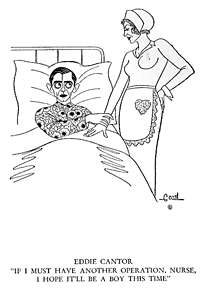

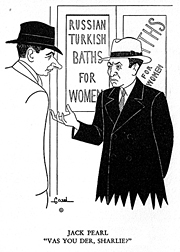
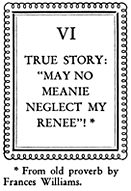

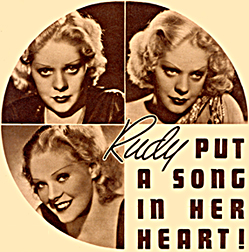 hat put the song in
hat put the song in